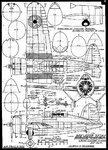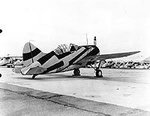MacArther
Staff Sergeant
From what I remember, it was a Stateside plane...beyond that, I don't know.
I THINK I got the picture fromWINGS PALETTE - Brewster B-239/339/F2A Buffalo
I THINK I got the picture fromWINGS PALETTE - Brewster B-239/339/F2A Buffalo







